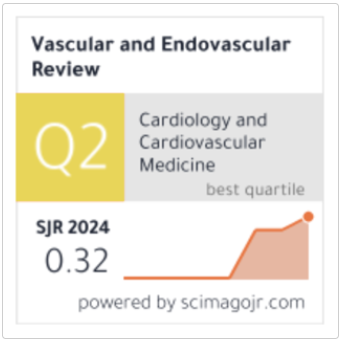Heart Rate Variability and Autonomic Modulation in Sleep Apnea Prediction: A Systematic Review
Keywords:
Obstructive Sleep Apnea; Heart Rate Variability; Autonomic Nervous System; Apnea–Hypopnea Index; Sleep Staging; Cardiovascular Risk; Machine Learning; Biomarkers; Sympathetic Activity; Parasympathetic ModulationAbstract
Background: Obstructive sleep apnea (OSA) is a highly prevalent sleep disorder characterized by recurrent upper airway obstruction, intermittent hypoxia, and autonomic nervous system (ANS) dysregulation. Heart rate variability (HRV), a non-invasive measure of autonomic modulation, has been increasingly investigated as a potential biomarker for OSA diagnosis and prognosis.
Objective: This systematic review aimed to synthesize evidence on the role of HRV in detecting, predicting, and staging OSA, as well as its impact on cardiovascular risk and sleep quality.
Methods: Following PRISMA guidelines, we searched PubMed, Embase, MEDLINE, and the Cochrane Library for studies published up to March 2025. Eligible studies included adult patients assessed for OSA using HRV-derived time-, frequency-, and non-linear indices, with outcomes related to apnea severity, cardiovascular modulation, or sleep staging. Data extraction and risk-of-bias assessment were performed independently by two reviewers.
Results: A total of 25 studies met inclusion criteria. Most demonstrated significant alterations in HRV indices in OSA patients, particularly reduced high-frequency (HF) power and increased low-frequency/high-frequency (LF/HF) ratio, reflecting sympathetic dominance. Several studies reported strong correlations between apnea–hypopnea index (AHI) and HRV markers. Machine learning approaches integrating HRV features achieved promising diagnostic accuracy, with some models exceeding 80% sensitivity and specificity. However, heterogeneity in methodology, limited sample sizes, and lack of standardized HRV thresholds limited comparability.
Conclusion: HRV is a promising, non-invasive tool for detecting and monitoring OSA and its cardiovascular implications. While current evidence supports its utility, further large-scale, standardized, and longitudinal studies are required to establish HRV as a reliable clinical biomarker in sleep medicine.








